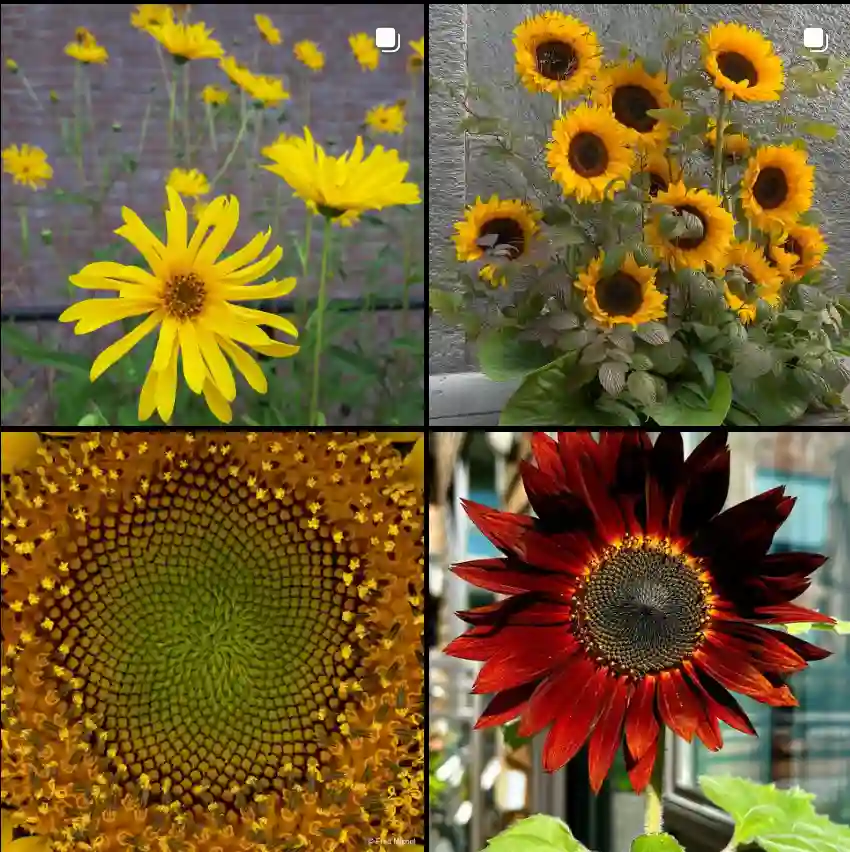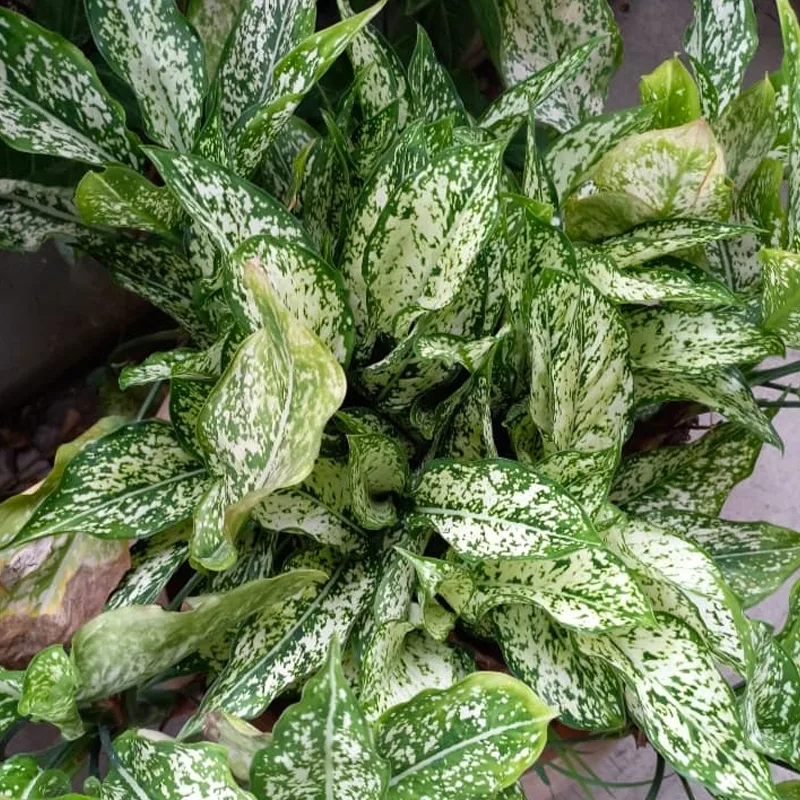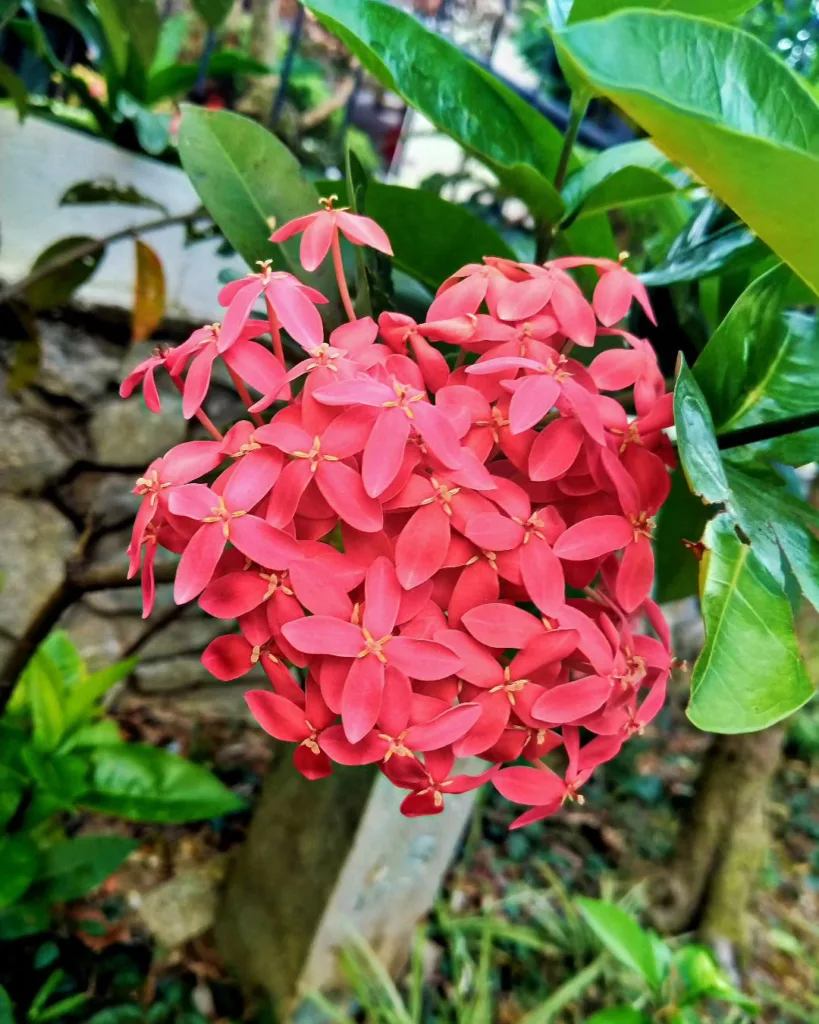FAQs About Bulbophyllum Medusae
As a passionate orchid enthusiast, I’ve often been drawn to the intriguing world of Bulbophyllum Medusae. This unique orchid, with its striking, tentacle-like flowers, poses some questions for both beginners and seasoned growers. In this article, I’ll tackle the most frequently asked questions about how to grow Bulbophyllum Medusae, care tips, propagation methods, and more.
2186 Species in Genus Bulbophyllum
What Is Bulbophyllum Medusae?
Bulbophyllum Medusae is a captivating orchid native to the tropical rainforests of Southeast Asia. Known for its distinctive flowers that resemble jellyfish or octopuses, this plant adds an exotic touch to any collection. Its unique morphology and growth habits make it a favorite among orchid lovers.
How to Grow Bulbophyllum Medusae?
Growing Bulbophyllum Medusae can be a rewarding experience if you understand its needs. Here are some essential tips:
- Light Requirements: These orchids thrive in bright, indirect sunlight. Direct sunlight can scorch their leaves, so finding a balance is crucial.
- Temperature: Bulbophyllum Medusae prefers warm temperatures, ideally between 75°F and 85°F during the day and a slight drop at night. Keeping the humidity high, around 60% or more, is also beneficial.
- Watering: Watering is vital. I find that allowing the potting medium to dry slightly between waterings helps prevent root rot. Use rainwater or distilled water if possible, as they are gentler on the plant.
- Potting Medium: A well-draining medium is essential. I recommend using a mix of orchid bark, sphagnum moss, and perlite. This combination retains moisture while ensuring excellent drainage.
How to Care for Bulbophyllum Medusae?
Caring for Bulbophyllum Medusae involves a few specific practices:
- Fertilizing: During the growing season, I use a balanced orchid fertilizer every two weeks. This supports healthy growth and vibrant blooms. In the winter, reduce feeding to once a month.
- Humidity and Airflow: Maintaining high humidity and good airflow is key. I often use a humidity tray or a small humidifier near my plants.
- Repotting: Repotting should be done every couple of years or when the potting medium breaks down. I typically repot in the spring to encourage new growth.
How to Propagate Bulbophyllum Medusae?
Propagation can be an exciting venture. Bulbophyllum Medusae is typically propagated through division. Here’s how I do it:
- Timing: The best time to divide is in spring, when the plant is actively growing.
- Division Process: Carefully remove the plant from its pot, and gently separate the rhizomes with healthy roots. Make sure each division has at least a few pseudobulbs.
- Replanting: Pot the divisions in fresh potting medium and water them thoroughly.
What to Plant With Bulbophyllum Medusae?
When considering companion plants, it’s wise to choose species that share similar growing conditions. Some excellent choices include:
- Other Orchids: Other Bulbophyllum species or even Phalaenopsis orchids can thrive together.
- Ferns: Tropical ferns like Boston ferns can complement the humidity needs and add lush greenery.
Can You Grow Bulbophyllum Medusae Indoors?
Absolutely! Bulbophyllum Medusae can be successfully grown indoors, provided you can replicate its natural environment. Ensure you have a well-lit space, maintain humidity, and provide the right temperature. I’ve found that a bathroom or kitchen can work well due to the higher humidity levels.
Is Bulbophyllum Medusae Toxic?
One concern many plant enthusiasts have is toxicity. Thankfully, Bulbophyllum Medusae is non-toxic to pets and humans. This makes it a safe choice for households with curious pets or children.
What Are the Benefits of Growing Bulbophyllum Medusae?
Growing Bulbophyllum Medusae offers several benefits:
- Aesthetic Appeal: Its unique flowers are a conversation starter and can enhance any indoor or outdoor space.
- Air Purification: Like many plants, it contributes to improving indoor air quality.
- Stress Relief: Tending to plants has been shown to reduce stress and promote relaxation.
Common Problems with Bulbophyllum Medusae
While I adore this orchid, it can face a few common issues:
- Root Rot: Overwatering is a primary concern. Always check moisture levels before watering.
- Pest Infestations: Mealybugs and aphids can be problematic. Regularly inspect the plant and treat infestations promptly.
- Poor Flowering: If your plant isn’t blooming, it may need more light or a change in feeding regimen.
Comparing Bulbophyllum Medusae with Similar Orchids
If you’re considering similar orchids, Bulbophyllum Medusae is often compared to Bulbophyllum Phalaenopsis. While both have unique shapes, Medusae’s blooms are more pronounced and resemble marine life, while Phalaenopsis features broader, flatter flowers.
In conclusion, growing Bulbophyllum Medusae can be a fulfilling journey. With the right knowledge and care, this orchid can thrive and bring joy to your collection.
If i die, water my plants!



